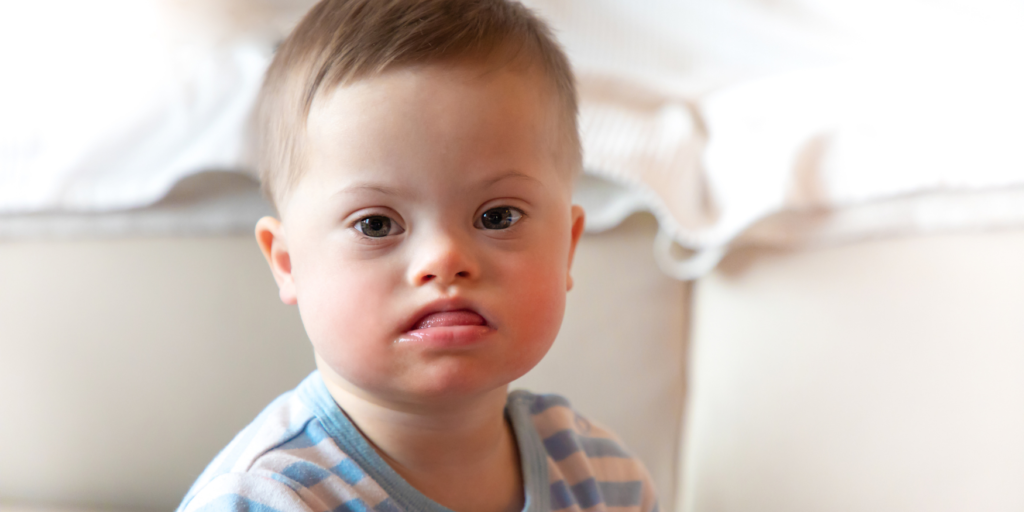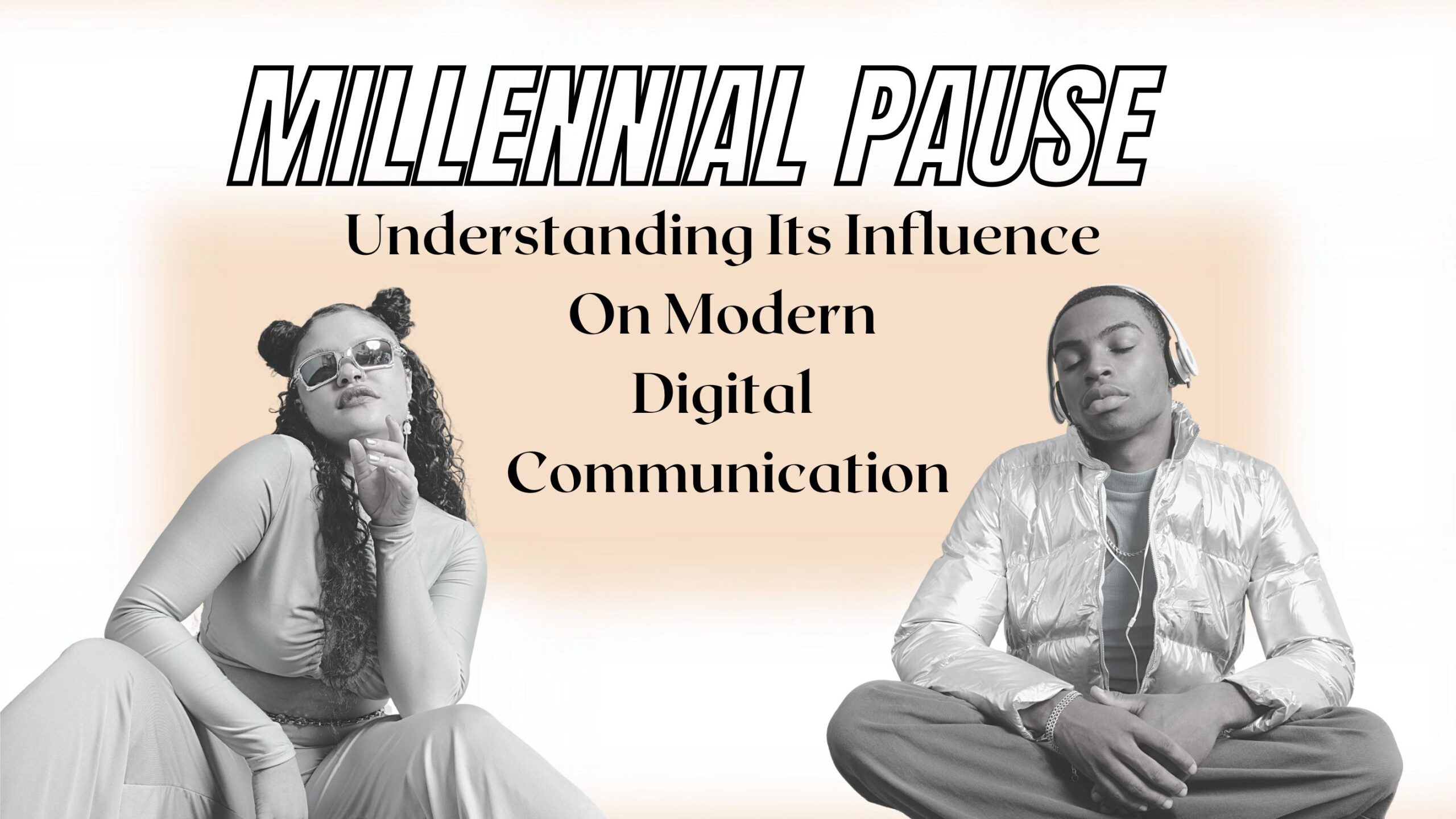Table of Contents
Introduction

In the world today, Down Syndrome emerges as a common genetic condition, touching lives across the globe with its unique challenges and joys. It stands as a testament to the complexity of human genetics, marked by the presence of an extra chromosome 21. This condition affects individuals from birth, influencing their physical features, intellectual abilities, and health in various ways.
What is Down Syndrome?
Down Syndrome is a genetic disorder caused when an individual has three copies of chromosome 21 instead of the usual two. This additional genetic material impacts the body’s and brain’s development, leading to the characteristics and health issues associated with the condition. Despite the challenges it presents, individuals with Down Syndrome lead meaningful lives, contributing richly to their communities.
Causes of Down Syndrome

The occurrence of Down Syndrome is a random event during cell division, resulting in an extra chromosome. There are three types of Down Syndrome: Trisomy 21, where each cell has three copies of chromosome 21; Translocation Down Syndrome, where part of chromosome 21 attaches to another chromosome; and Mosaic Down Syndrome, where only some cells have the extra chromosome. The reasons behind these variations remain a subject of ongoing research, with no actions known to cause or prevent the extra chromosome’s presence.
Characteristics and Symptoms
Individuals with Down Syndrome often share certain physical traits, such as a flat facial profile, small ears, almond-shaped eyes that slant up, and a single deep crease across the center of the palm. Intellectual development varies widely among those with Down Syndrome, ranging from mild to moderate intellectual disabilities. Each individual’s abilities and challenges are as unique as their personalities.
Health Complications

Those with Down Syndrome may face various health issues, including congenital heart defects, respiratory and hearing problems, and thyroid conditions. Early diagnosis and regular healthcare can manage these complications, ensuring individuals lead healthy lives.
Diagnosis and Screening
Down Syndrome can be identified during pregnancy through screening tests and confirmed with diagnostic tests like amniocentesis and CVS. After birth, a physical examination and chromosome analysis can diagnose the condition, enabling early intervention and support.
Living with Down Syndrome
Living with Down Syndrome involves navigating a world not always designed for diverse abilities. Early intervention, specialized education, and therapy play crucial roles in helping individuals reach their full potential. Community support and social inclusion enrich their lives and those around them.
Education and Employment
Education systems tailored to meet their needs can unlock the potential of individuals with Down Syndrome. With supportive schooling and vocational training, many find fulfilling employment, contributing to society in various meaningful ways.
Advocacy and Awareness
Organizations worldwide work tirelessly to advocate for individuals with Down Syndrome, promoting rights, inclusion, and awareness. Events like World Down Syndrome Day on March 21 celebrate achievements and encourage community support.
Research and Advances
Research into Down Syndrome promises new insights into improving cognitive function and health outcomes. Medical advances and therapeutic interventions are continually evolving, offering hope for enhanced quality of life.
The Role of Family and Community
Families and communities play a pivotal role in supporting individuals with Down Syndrome. Through love, acceptance, and advocacy, they create an environment where everyone has the opportunity to thrive.
Conclusion
Down Syndrome, with its complexities and joys, teaches society about diversity, resilience, and the beauty of difference. As understanding and support grow, so too do the opportunities for individuals with Down Syndrome to lead fulfilling lives. The journey is not without challenges, but with awareness, acceptance, and advocacy, the future shines bright with possibilities.
FAQs
What causes Down Syndrome?
Down Syndrome is caused by the presence of an extra chromosome 21.
Can Down Syndrome be cured?
There is no cure for Down Syndrome, but early intervention and supportive care can help manage health issues and support development.
How is Down Syndrome diagnosed?
Down Syndrome can be diagnosed with prenatal screening tests and confirmed with diagnostic tests like amniocentesis. After birth, physical characteristics and chromosome analysis can diagnose the condition.
Do all individuals with Down Syndrome have the same symptoms?
While there are common physical traits and potential health issues, individuals with Down Syndrome experience a wide range of abilities and challenges.
What kind of support do individuals with Down Syndrome need?
They may need early intervention, specialized education, therapy, and ongoing healthcare to manage health issues and support development.
Can people with Down Syndrome lead normal lives?
Individuals with Down Syndrome can lead fulfilling lives, with education, employment, and community participation tailored to their needs and abilities.
How common is Down Syndrome?
Down Syndrome is one of the most common genetic conditions, affecting approximately 1 in every 700 babies born worldwide.
What is World Down Syndrome Day?
World Down Syndrome Day is celebrated on March 21 to raise public awareness and advocate for the rights and inclusion of people with Down Syndrome.
Can individuals with Down Syndrome attend regular schools?
Many individuals with Down Syndrome benefit from inclusive education settings with the necessary support and accommodations.
How can communities support individuals with Down Syndrome?
Communities can support individuals with Down Syndrome by fostering inclusive environments, offering support to families, and promoting awareness and acceptance.




